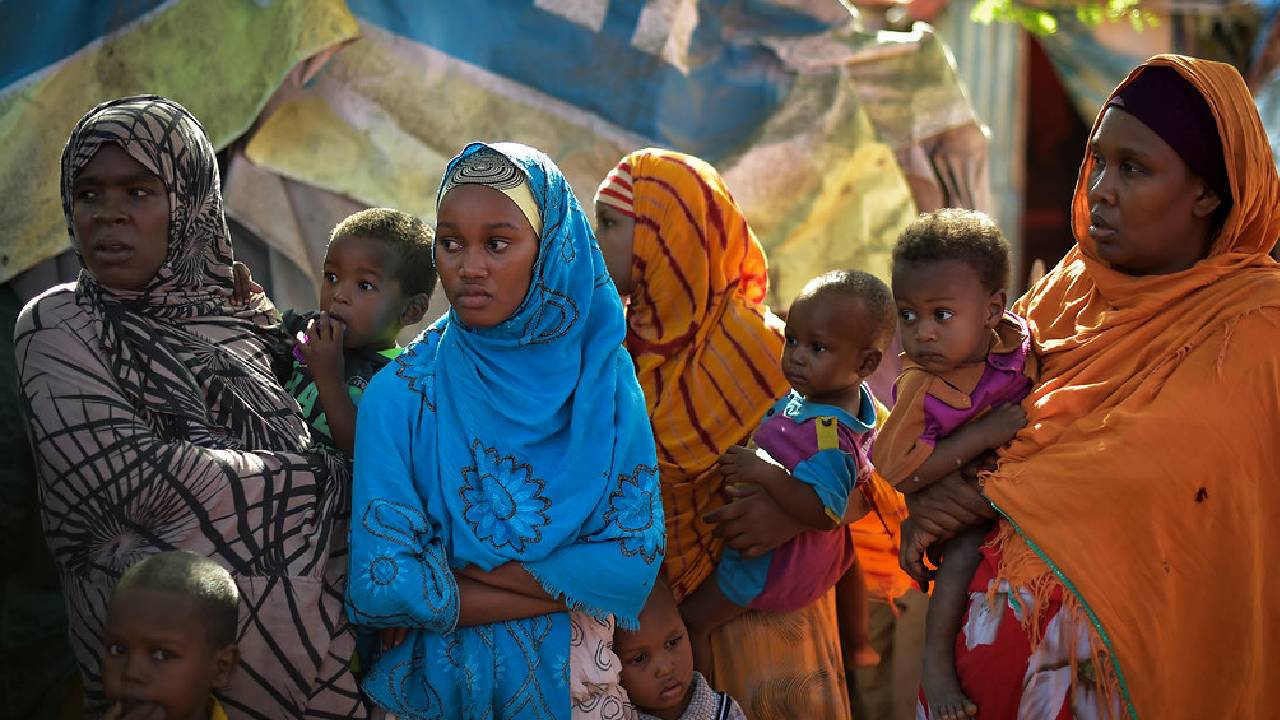Due to severe and prolonged drought, millions of Somalis could face real famine. At the same time, the needs of the people of Somalia for assistance far exceed the capacity of UN humanitarian agencies.
According to the UN, the latest data shows how rapidly the situation is worsening. Nearly six million people are at risk of acute food insecurity in the coming months, nearly double what they were at the start of the year.
“The situation in Somalia has been deteriorating for months due to the ongoing extreme drought, bringing the country to the brink of humanitarian catastrophe,” said Lara Fossi, Deputy Director of the World Food Program ( WFP ) in Somalia from Mogadishu, during a UN press briefing in Geneva.
Current funding shortfalls, bleak rainfall forecasts and rising global food prices risk leaving almost 40% of Somalis on the brink.
“The risk of famine is real in some regions if the rainy season fails again,” added Fossi.
With a below-average rainfall, inadequate funding disrupted global supply chains and soaring commodity prices due to the conflict in Ukraine, Somalia faces a perfect storm that could very quickly lead to starvation. In this regard, a new report on the Integrated Food Security Classification (IPC) reveals that six million Somalis, or almost 40% of the population, are now facing extreme levels of food insecurity.
Famine is likely in six regions of the country. In this context, United Nations agencies have expressed concern about the worsening drought and the possibility of famine within the next three months.
Children under five are among the most vulnerable as the drought worsens and access to food and milk is very scarce due to rising commodity prices and the loss of livestock. About 1.4 million children are facing acute malnutrition until the end of this year, of which about a quarter, or 330,000 children, have severe acute malnutrition.


























